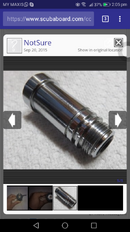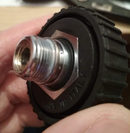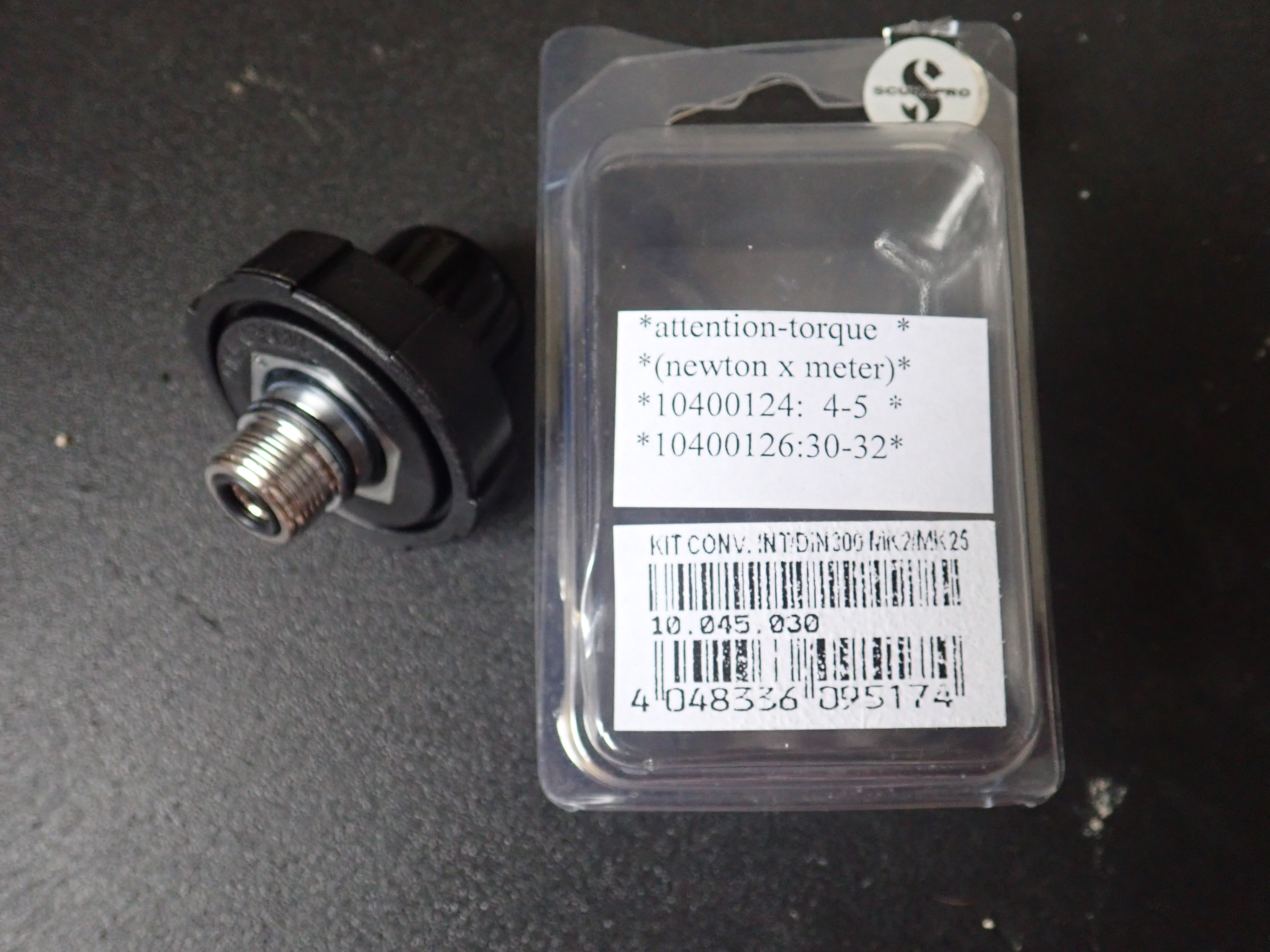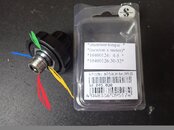Random Dude
Contributor
Hi guys, just wanna ask for the o ring on the inside portion of the din retainer knob, where should the oring go on?
There are 2 slots there (as in the pic, which I screenshot drom the board since I wasn't able to find a clear picture showing the slots), not sure which one should be the correct one.
And would be nice if someone could explain why there are 2 slots on the din retainer knob
Thanks in advance!
There are 2 slots there (as in the pic, which I screenshot drom the board since I wasn't able to find a clear picture showing the slots), not sure which one should be the correct one.
And would be nice if someone could explain why there are 2 slots on the din retainer knob
Thanks in advance!








